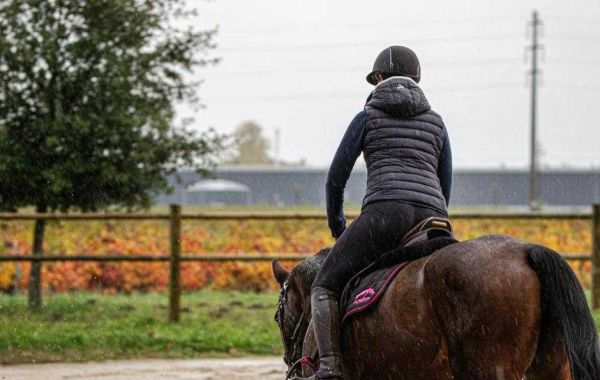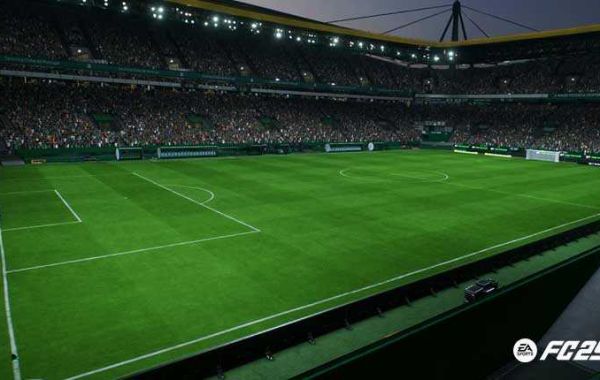Preparation for horseback riding should always be done with safety in mind. Whether a beginner or a professional equestrian, knowing what do I need for horse riding will make all the difference in comfort and protection. From equestrian helmets to body protectors, having the right gear means safety with style on your ride. This article explores essential protective equipment, discusses fashionable options, and answers common questions about horse riding gear.
Why Safety Gear Is Used in Horse Riding
Horseback riding is an exciting sport, yet it carries a number of risks, such as falls or injuries during accidents. This risk can be reduced with proper safety gear so that riders can enjoy their time in the saddle.
Key reasons why safety gear is indispensable:
- Head protection: Avoid serious injuries caused by falls.
- Improved stability: Safety boots offer traction and avoid slipping.
- Injury prevention: Body protectors absorb the shock during accidents.
Essential Equipment for Horse Riding
Equestrian Helmets: The Foundation of Rider Safety
Equestrian helmets are the most important safety wear for riders. They are designed to provide excellent head protection in case of falls or accidents. Look for helmets marked as ASTM/SEI-certified for quality assurance. Modern helmets are lightweight, well-ventilated, and comfortable while maintaining high safety standards.
Body Protectors: Shielding the Core
Body protectors absorb the impact of falls and trauma by cushioning the torso area. They are essential in eventing or cross-country riding, reducing the severity of falls. Advanced designs use flexible materials to ensure a snug, comfortable fit and freedom of movement.
Style Options for Riders
Fashion Helmets to Ride with Style
Today, equestrian helmets merge safety with fashion. Riders can choose from sleek matte finishes, vibrant colors, and designs with Swarovski embellishments. Top brands like Charles Owen and Samshield offer functional and stylish headgear.
Chic Riding Apparel
Riders can enhance their protection with fitted jackets, breeches, and gloves. Modern riding outfits feature technical fabrics that wick moisture and improve performance.
Customizable Accessories
- Helmet covers: Change color or pattern to match your mood.
- Fashion gloves: Leather gloves with stylish stitching.
- Matched boots and belt: Complete the look with leather accessories in matching colors.
Checklist: What Do I Need to Go Horseback Riding?
- ASTM/SEI-certified helmet
- Protective riding boots with a heel
- Body protector or safety vest
- Comfortable riding gloves
- Breeches or riding pants
- Riding crop or whip (optional)
Equestrian Helmets and Safety Gear: A Comparison
| Gear Type | Primary Function | Best Brands | Price Range |
|---|---|---|---|
| Equestrian Helmets | Protection of head in accidents | Charles Owen, Troxel | $50–$600 |
| Body Protectors | Injury prevention | Airowear, Tipperary | $100–$300 |
| Riding Boots | Providing grip and stability | Ariat, Mountain Horse | $80–$500 |
| Gloves | Improves grip when holding reins | Roeckl, Heritage Gloves | $20–$100 |
Caring for Your Equestrian Gear
Maintaining your gear ensures its longevity and effectiveness. Follow these tips:
- Helmet care: Wipe the exterior with a damp cloth and avoid exposure to extreme temperatures.
- Body protectors: Allow them to air out after use and store in a cool, dry place.
- Boot care: Clean using a soft brush and condition leather regularly to prevent cracking.
- Gloves: Wash leather gloves in mild soap and let them air dry.
FAQs
Why are equestrian helmets so different from bike helmets?
Equestrian helmets are designed for the specific types of impacts related to horse riding. They provide greater coverage at the back of the head and meet standards like ASTM/SEI certifications for horseback riding.
Should I wear a body protector for horse riding?
Body protectors are essential for eventing or jumping disciplines where falls are common. Recreational riders may also wear them for added safety.
What to look for in riding boots?
Choose low-heeled boots to minimize the possibility of your foot slipping through the stirrup. Leather boots are durable, while rubber boots are more affordable.
How can I tell if my helmet fits or doesn’t fit?
A properly fitted helmet:
- Does not hurt but fits snugly.
- Does not move when you shake your head.
- Sits about an inch above your eyebrows.
What fabrics are suitable for riding clothes?
Opt for breathable and stretchy fabrics like spandex blends or technical wicking materials for enhanced comfort on long rides.
Can I use my equestrian helmet for other sports?
No, equestrian helmets are specifically designed for horseback riding and do not provide protection for other activities like biking.
Conclusion
Whatever form of riding an individual prefers, wearing proper equestrian helmets and safety attire is vital. Investing in protective gear ensures safety while allowing riders to express their style. From beginners wondering what they need to experienced riders upgrading their equipment, this guide provides everything needed for an informed choice.








